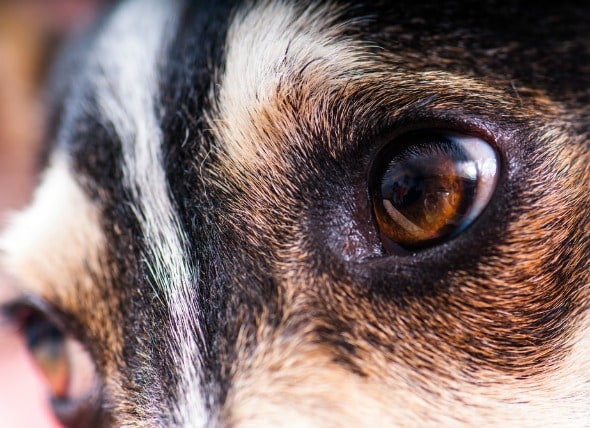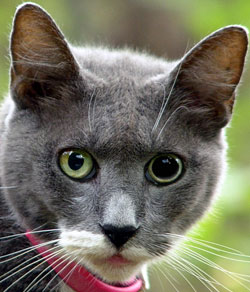

As the name suggests, it is infrequently recognised, representing only 1% of feline neoplasms in the comparative ocular pathology laboratory of Wisconsin (COPLOW) collection. By contrast, feline atypical melanoma originates from any area of the uvea that is not the anterior iris. įDIM tends to remain limited to the anterior uvea, not expanding posteriorly. Local recurrence in the orbit is also possible following enucleation. There are wide variations of observed metastatic rates between studies, ranging from 19% to 63%. A latent period of several years between diagnosis of FDIM and death from metastatic disease has been reported. Metastatic disease most commonly occurs in the liver but also the lungs, kidneys, spleen, lymph nodes, brain and bone. The sclera must be penetrated by neoplastic cells for lymphatic spread to occur, as the eye is devoid of lymphatics. Extraocular metastasis is most likely through haematogenous spread via the scleral venous plexus. The tumour may exfoliate into the anterior chamber, and dissemination of neoplastic cells via the aqueous humour is a suggested route of metastasis. Iris thickening, dyscoria and reduced pupil mobility and secondary glaucoma may occur secondary to tumour infiltration of the iridocorneal angle. FDIM progressively expands through the iris, iridocorneal drainage angle and ciliary body, eventually penetrating the sclera. Īmelanotic variants occur infrequently and may be mistaken clinically for inflammatory lesions. The transition of iris melanosis to early FDIM is only recognisable histologically, where invasion of the dysplastic melanocytes into the iris stroma occurs. Some remain static or grow slowly over months to years, resulting in only a cosmetic change to the iris. The behaviour of these lesions is unpredictable. These precursor lesions are considered benign and are known as iris melanosis, where the melanocytes are confined to the anterior iris in 1–3 layers, regardless of the degree of melanocyte atypia. (2019) as plump, pigmented melanocytes with varying degrees of anisokaryosis with or without hyperchromasia and/or discernible nucleoli. Dysplastic features of the melanocytes were defined by Featherstone et al. FDIM begins as hyperpigmented foci consisting of a proliferation of dysplastic melanocytes, which appear as flat, brown spots on the iris surface. The average age of cats affected with feline diffuse iris melanoma (FDIM) is 9.4 years with a reported range from 2 to 23.1 years. This article aims to review our current knowledge of FDIM. This makes management and timely enucleation of these cases challenging in practice. Some FDIM lesions have a more benign progression and can slowly grow or remain static for years without affecting the ocular or systemic health of the individual, whilst other tumours behave aggressively, invading the ocular structures and significantly affecting the life expectancy of cats through metastatic disease. The behaviour of FDIM is variable and difficult to predict. The differentiation between FDIM and benign iris melanosis is only recognisable though histologic examination, with no in vivo means of identifying the malignant transformation. This melanosis is a precursor lesion that can become FDIM when pigmented cells infiltrate the anterior iris stroma, commonly alongside a transition in cell morphology.


Early lesions begin as flat areas of pigmentation of the iris, known as iris melanosis. Feline diffuse iris melanoma (FDIM) is by far the most common form of ocular melanocytic neoplasia, with limbal melanomas and atypical melanoma (melanoma affecting the choroid or ciliary body) infrequently recognised. Melanocytic neoplasia is the most common form of ocular tumour in cats, accounting for 67% of cases in an analysis of 2614 cases of primary ocular neoplasia.


 0 kommentar(er)
0 kommentar(er)
